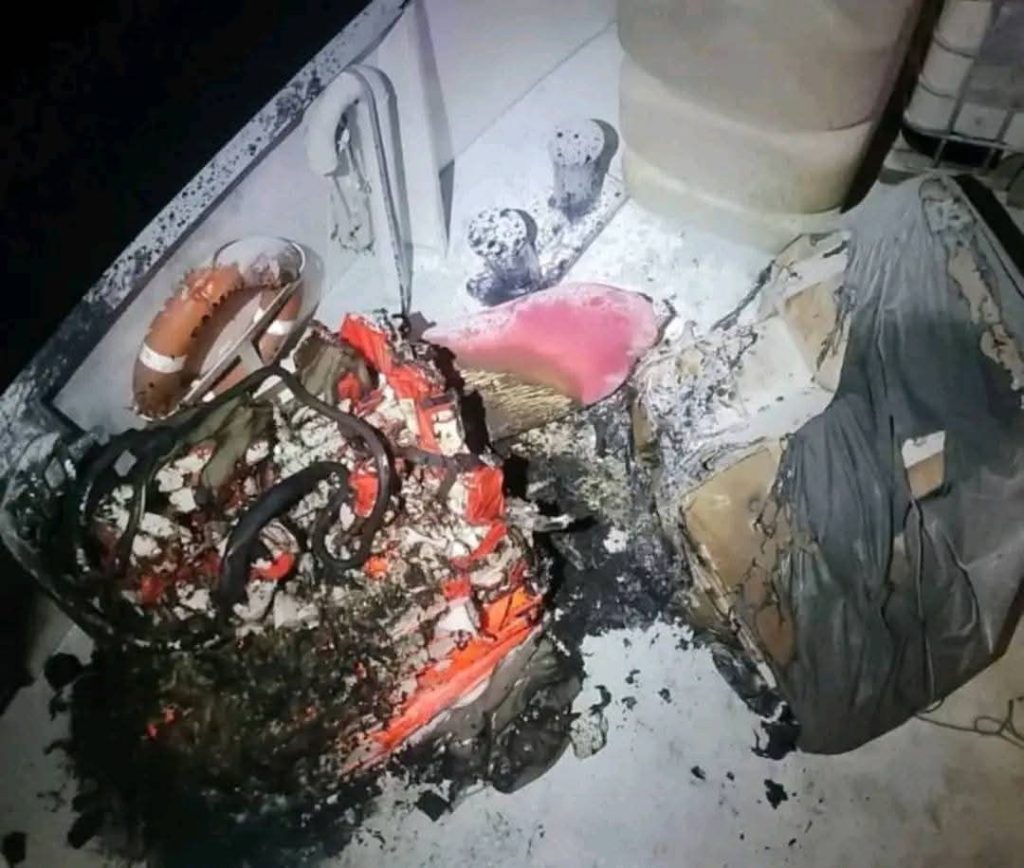Incident Overview
On September 8 and 9, two ships from the Gaza-bound Global Sumud Flotilla (GSF) were attacked near the port of Sidi Bou Said in Tunisia.
Investigation Findings
Bellingcat examined footage and images from both attacks and consulted experts who suggest that improvised incendiary devices were likely used. The trajectory of the objects and accompanying audio recordings indicate they may have been released from an aerial platform above the vessels. This aligns with witness accounts of a drone sighting, although further evidence is required to verify the type of device involved.
Details of the First Attack
The initial attack occurred around midnight local time, targeting the lead vessel known as the Family Boat. The GSF’s official statement indicated that the Family Boat was “hit by a drone in Tunisian waters,” resulting in a fire on both the main deck and below deck storage. The crew and six passengers extinguished the fire, and no injuries or significant damage were reported.
Official Responses
Initially, Tunisian officials stated there was “no evidence of hostile action.” However, the country’s National Guard later claimed that the fire originated from a life jacket due to a lighter or cigarette butt. Yet, by September 10, the Tunisian Ministry of Interior released a statement declaring the attack a premeditated act.
The Second Attack
On September 9, the GSF reported another assault targeting the Alma. Crew members reported seeing a drone hovering above the ship before it dropped incendiary munitions, similar to those used in the previous attack. The crew extinguished the flames, with no injuries and only minor damage recorded.
Analyzing the Evidence
Following the incident, the GSF shared video footage of the incendiary device landing on the Alma, which ignited similarly to the earlier attack. Unlike the Family Boat incident, remnants were recovered after this second attack. A photo sent to Al Jazeera shows a grenade attached to burned remnants of a bag.
Expert Opinions on Munitions
Expert Dr. N.R. Jenzen-Jones stated that the visuals indicate the use of incendiary munitions, potentially a grenade, consistent with military-grade devices used by various nations. The characteristics observed in the footage and recovered remnants align with incendiary compositions commonly employed in warfare.



